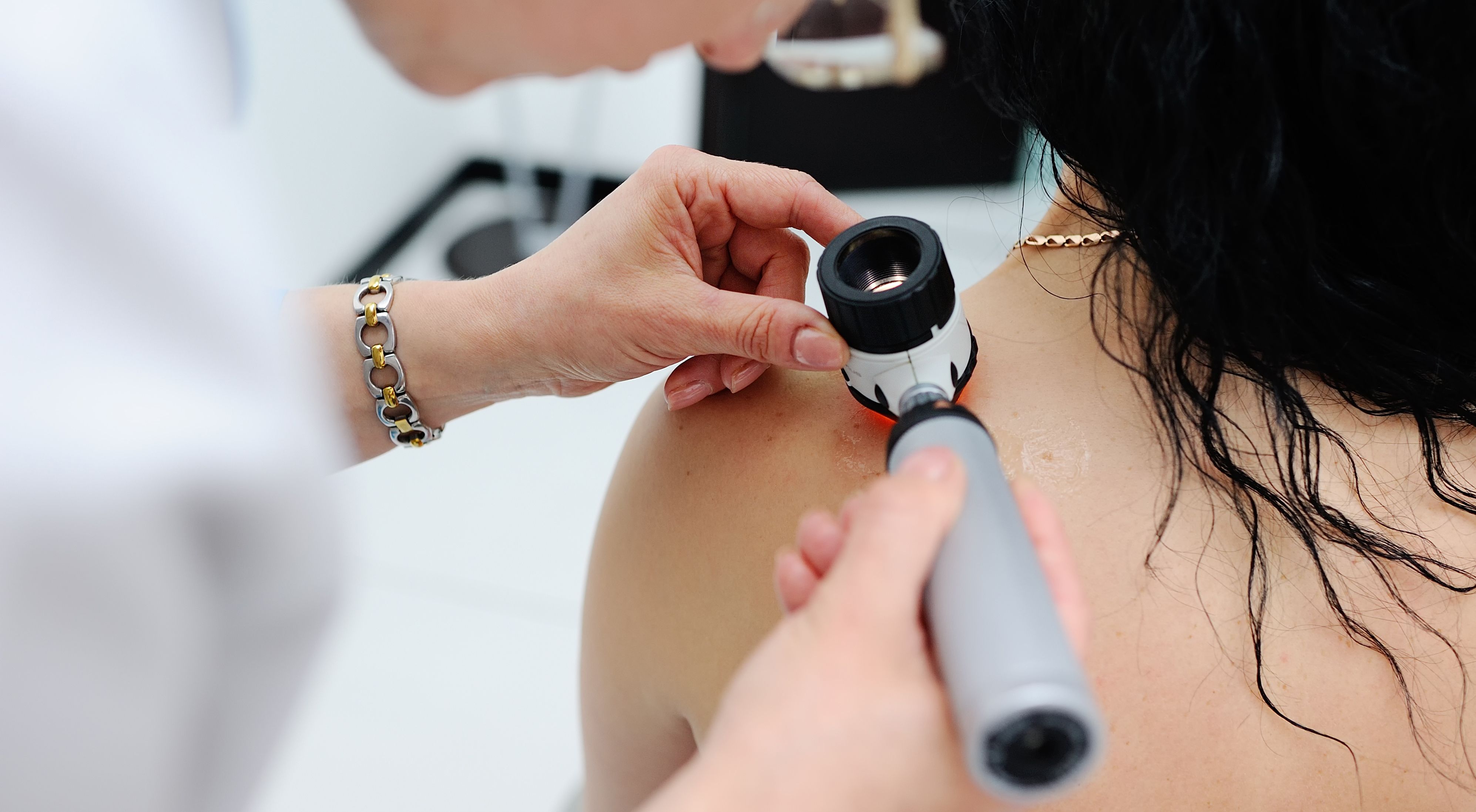Preliminary results from a phase 3 trial demonstrate that photodynamic therapy with Ameluz (aminolevulinic acid HCl) led to complete clearance of a target lesion in patients with superficial basal cell carcinoma, a type of skin cancer, according to a press release from Biofrontera, the developer of this particular photodynamic therapy.
Treatment with Ameluz-based photodynamic therapy resulted in complete clinical and histological clearance of a preselected main target basal cell carcinoma lesion 12 weeks after the start of the last cycle in 65.5% of patients compared with 4.8% of those treated with placebo photodynamic therapy, as noted in the release.
“We are delighted that these highly significant results mirror those found in the European studies,” Dr. Hermann Luebbert, CEO and Chairman of Biofrontera, said in the release. “Once we finish the one-year follow-up phase in December, we will be in a position to submit our dossier to the FDA around the end of Q2 (June)/early Q3 (July) of 2025.”
Glossary
Photodynamic therapy: treatment with drugs that become active once exposed to light
Basal cell carcinoma: cancer that forms in the lower part of the outer layer of the skin called the epidermis
Clinical clearance: the cancer was no longer seen upon physical examination
Histological clearance: the cancer was not detected upon microscopic examination
Complete histological clearance occurred in more patients treated with Ameluz compared with placebo (75.9% versus 19%). In addition, complete clinical clearance was observed in 83.4% of patients treated with Ameluz versus 21.4% treated with placebo.
According to the product’s website, Ameluz is a topical gel that is used with two particular photodynamic therapy platforms — BF-RhodoLED or RhodoLED XL lamp — for the treatment of actinic keratosis. The National Cancer Institute noted that actinic keratosis is a scaly patch of skin that may become cancer, and usually forms in areas of high sun exposure like the scalp, face, chest or back of the hands.
“I have used Ameluz-[photodynamic therapy] in my practice for many years for the treatment of actinic keratosis, and we were pleased to be a part of such an extensive and rigorous study to examine its use in patients with superficial [basal cell carcinoma],” Dr. David Pariser, of Virginia Clinical Research and Pariser Dermatology in Norfolk, and coordinating investigator of the study, said in the release.
In this study, 187 patients with one or more superficial basal cell carcinoma were randomly assigned to receive photodynamic therapy with Ameluz or placebo, according to the release. Both groups received treatments one to two weeks apart, and it could be repeated after three months, if needed.
Several other outcomes were assessed in this study including total clearance of all superficial basal cell carcinoma lesions. This occurred in more patients in the Ameluz group compared with the placebo group (64.1% versus 4.8%), as noted in the release. In addition, patients in the Ameluz group rated their overall treatment satisfaction and esthetic outcome as either very good (64.3%) or good (22.2%).
“I am excited that the potential FDA approval may provide me with a new noninvasive option for my patients that may not involve potential scarring or repeated office visits for ionizing radiation, and which could therefore lead to reduced patient burden and a beneficial cosmetic outcome,” Dr. Todd Schlesinger, board-certified dermatologist and Mohs surgeon at Dermatology and Laser Center of Charleston in South Carolina, said in the release.
For more news on cancer updates, research and education, don’t forget to subscribe to CURE®’s newsletters here.





